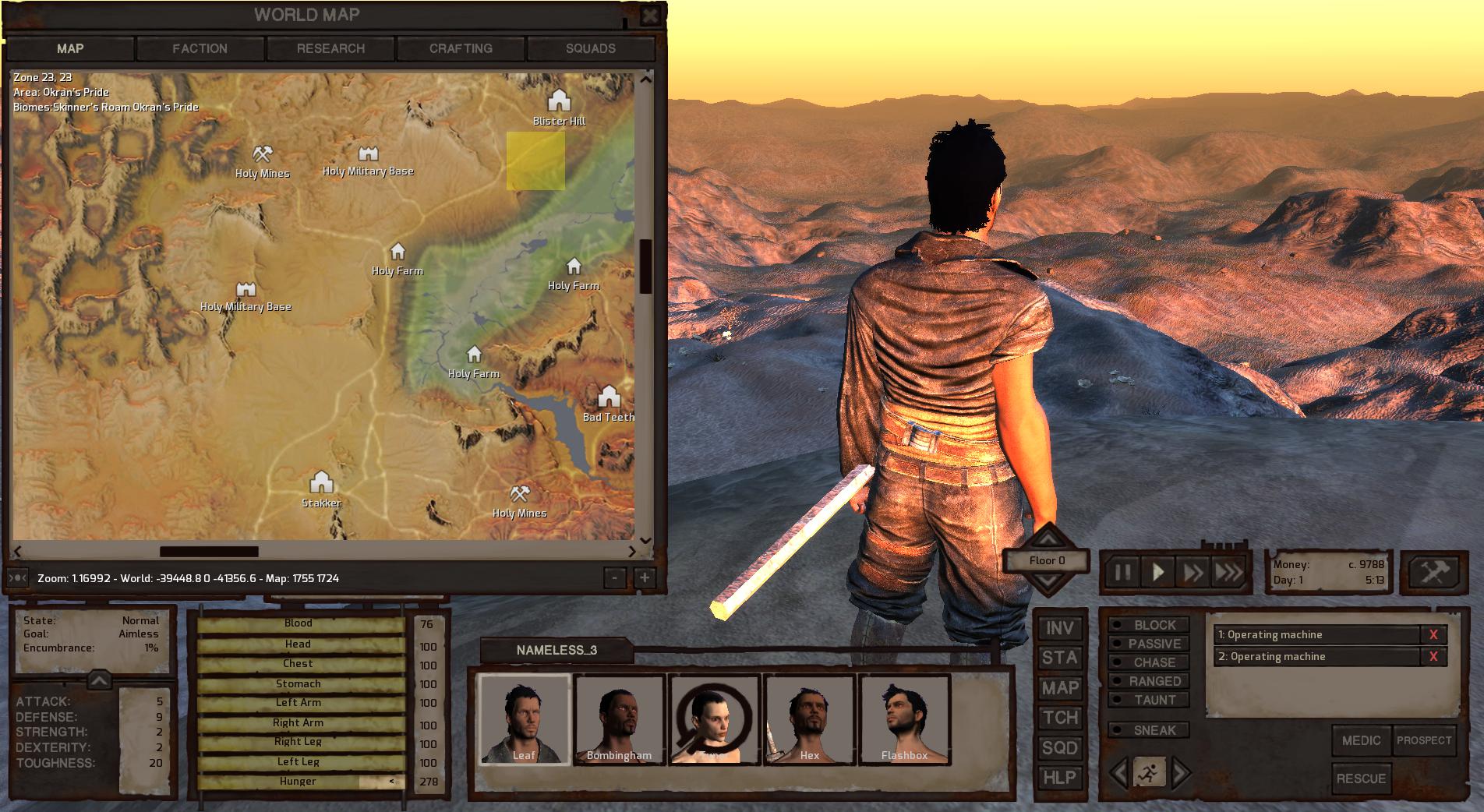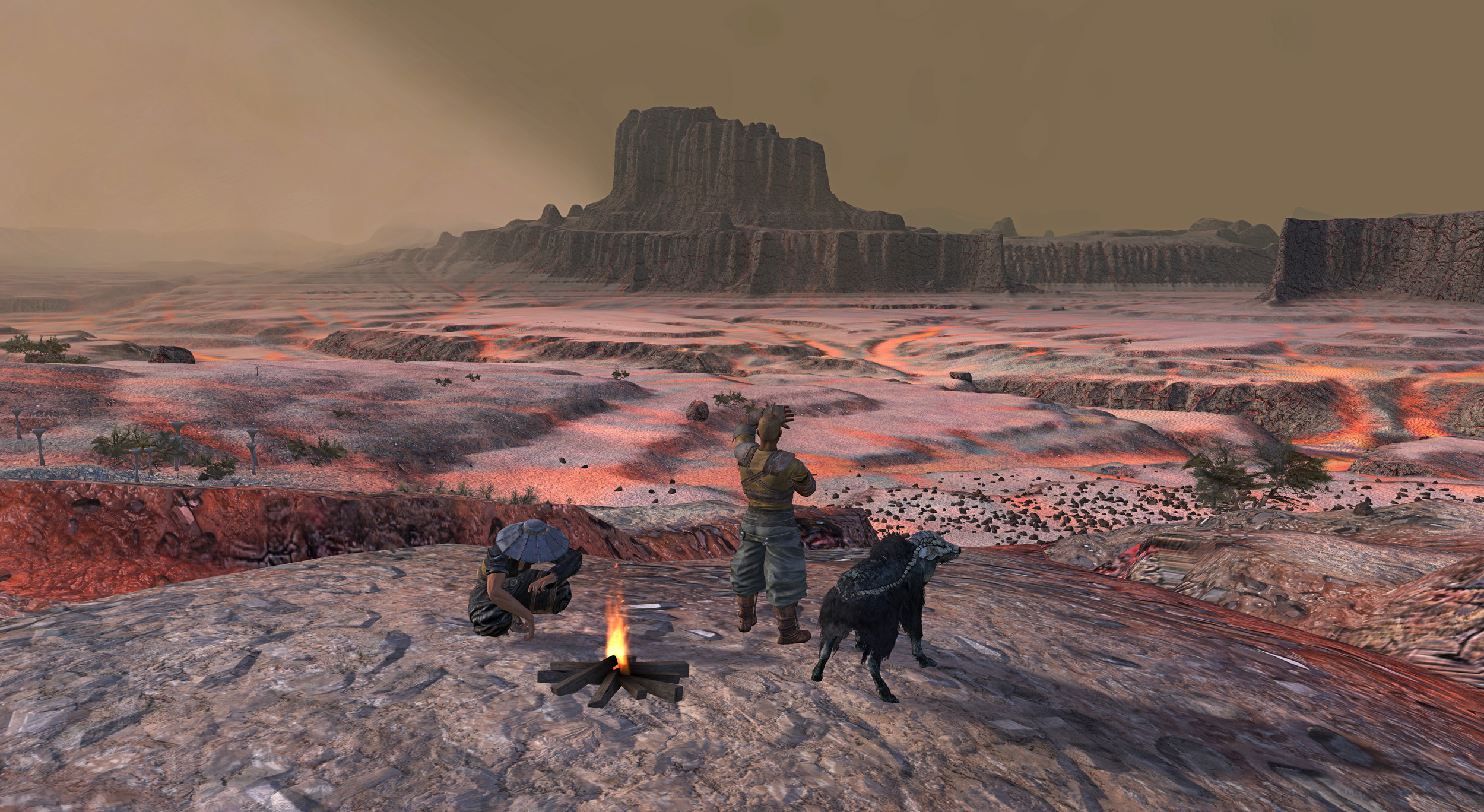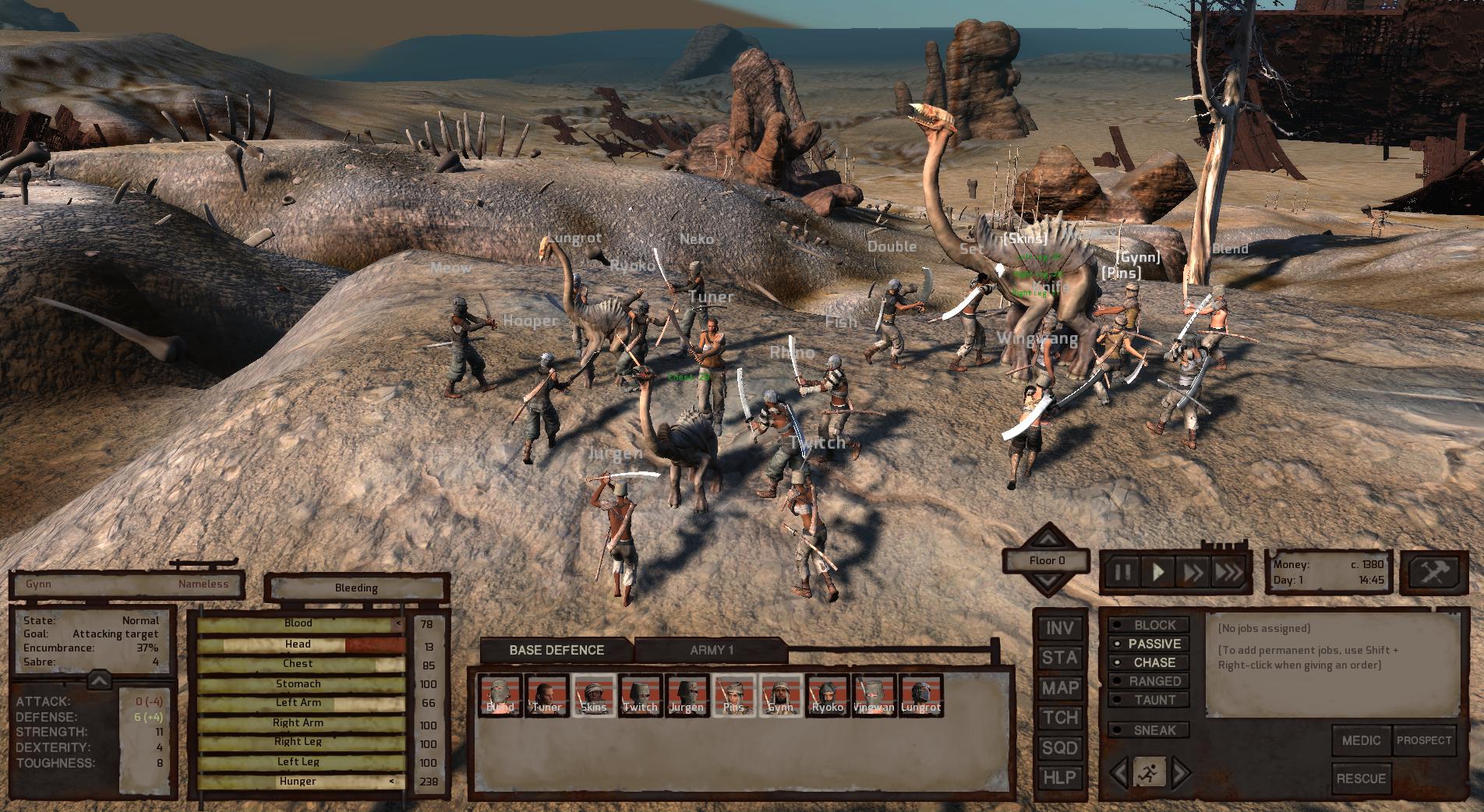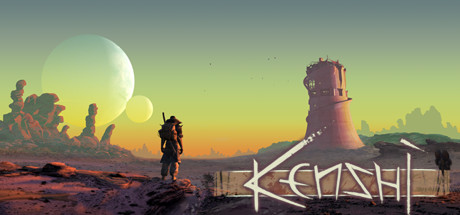Release and Historical Context
On December 6, 2018, Irish indie developer Lo‑Fi Games quietly released Kenshi into Early Access. That date came just one day before Nintendo’s hit Super Smash Bros. Ultimate. At the same time everyone was glued to Nintendo Direct streams and the year‑end awards excitement, Kenshi went under the radar. It offered the largest single‑player RPG map since Daggerfall at over 870 km². In a year when Red Dead Redemption 2 pushed storytelling limits and Spider‑Man swung into theaters, Kenshi stood out as a true sandbox experiment. There were no big‑budget ads or hype train. Instead, it delivered a raw, post‑apocalyptic desert ready for your own stories.
Game Overview
Kenshi is a free‑roaming, squad‑based RPG that moves away from simple, straight‑line stories in favor of an open sandbox. Instead of making you “the chosen one” with built‑in power boosts, every character you meet is on the same level, with names, goals, and the chance to get stronger or die. Whether you build a trading company, become a warlord, wander the wastes, or end up as dinner for desert cannibals, Kenshi rewards grit and smart choices. Your own stories shape the experience.
Story and Setting
There is no set “main quest” in Kenshi—just a vast, lawless world full of ruined cities, fighting factions, and hidden tech. You learn the backstory by exploring and talking to NPCs. You pick up clues in the environment, such as once‑mighty empires turned to rubble, secret bio‑engineering labs, and roaming shek clans across empty deserts.

Gameplay Mechanics
- Squad Management: Recruit and customize as many characters as you want. Over time, each squad member grows naturally, getting stronger, learning new skills, and even changing appearance with experience.
- No Level‑Scaling: The world never adjusts to your strength. From the very start, early fights are tough—powerful slavers, roaming bandits, and armored skeletons show that you earn survival, not get it handed to you.
- Base Building & Crafting: Claim a piece of land, build defensive walls, research better gear, and set up workshops. Whether you choose to automate resource gathering or manage every crafting station yourself, the choice is yours.
- Realistic Injuries & Medical System: Limbs can break, heavy bleeding can knock you out, and lost arms need prosthetics. Consequently, every injury affects gameplay, from moving slower to fighting with one hand.
- Faction Dynamics: Help or fight groups like the Holy Nation crusaders, Shek Kingdom warriors, Tech Hunters, and more. As you interact, your choices shift the power balance, and betrayals or rivalries can pop up at any time.
- Emergent AI Behavior: NPCs team up, carry injured friends to safety, patrol areas, and work toward long‑term goals. In turn, even hired workers can run your production lines for you, letting you focus on big strategies or hands‑on management.
Visuals and Audio
Kenshi’s custom engine delivers simple, honest graphics rather than flashy visuals. Wide desert landscapes, burnt‑out towns, and worn‑down outposts set a bleak, post‑apocalyptic mood. Character models and animations can feel stiff, but seeing thousands of roamers, traders, and raiders at once is an impressive technical feat. The minimalist soundtrack and sparse sounds—wind whistling through rocks, distant battle cries—add to the feeling of isolation and tough survival.
Community Reception & User Reviews
On Steam, Kenshi boasts an “Overwhelmingly Positive” rating—95% from over 83,000 reviews. Players praise its unparalleled freedom, emergent storytelling, and deep mechanics:

- Strengths: Huge, seamless world; strong sandbox features; smart AI; no hand‑holding; endless ways to play.
- Weaknesses: Steep learning curve; older graphics; occasional performance drops; clunky UI and pathfinding.
Many veterans hail Kenshi as a spiritual successor to classics like Daggerfall and Mount & Blade, celebrating its refusal to constrain player agency. At the same time, critics note that the game’s rough edges—buggy updates, obtuse menus, and a lack of formal tutorial—can frustrate newcomers. Still, for those willing to endure early hardship, the payoff is an endlessly replayable world where every triumph feels hard‑won.
Industry Impact and Legacy
Independently developed without publisher interference, Kenshi stands as a testament to passion and perseverance. As a result, it inspired other indie titles to embrace emergent sandbox design over linear narratives. What’s more, the Early Access model proved that small teams can build living worlds rivaling AAA budgets in scope—if not in graphical fidelity. Today, Kenshi continues to receive periodic updates, mod support, and a devoted community crafting new mechanics, quests, and lore expansions.

Conclusion
Kenshi is not for the faint of heart. It will chew you up and spit you out if you wander in unprepared. For CompletionistMaster‑style players who explore every corner, catalog every faction, and forge personal sagas in sand‑blasted wastelands, Kenshi is a dream come true. The harsh world of Kenshi rewards curiosity, tenacity, and ruthless adaptation. These traits define the core of sandbox RPG excellence.

